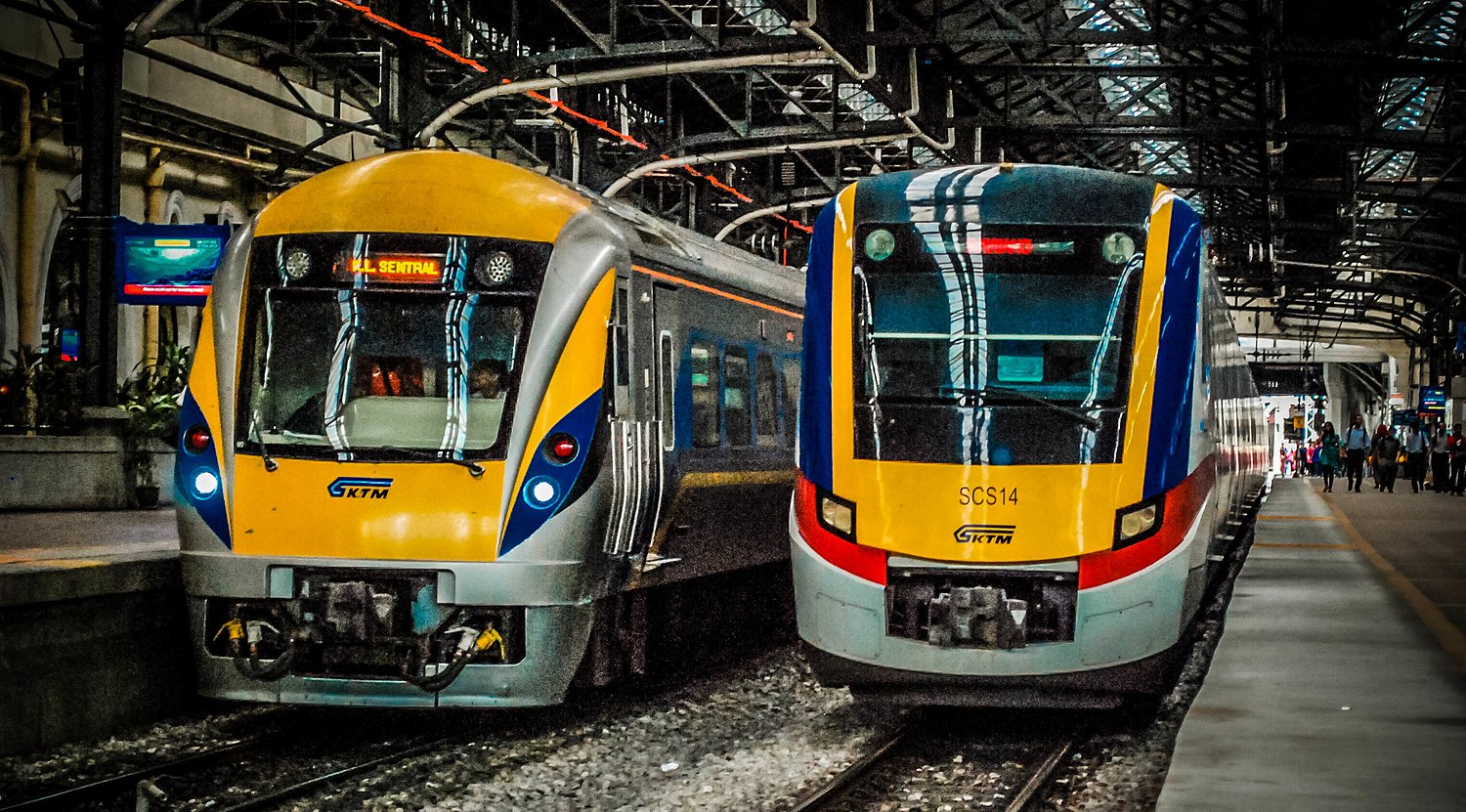
THE death of three Bangladeshis knocked down by a commuter train near Kajang on March 4 highlights once again the risks of crossing the railway tracks.
The accident did not receive much coverage in the local press unlike if it had involved Malaysians. It was a serious rail accident nevertheless as it took the lives of three people, which is considered uncommon in the country.
In many countries crossing the tracks have been the norm since the day when trains and railways were invented.
Fortunately in Malaysia most of the railway level crossings of yesteryear have been replaced with bridges or underpasses.
In Malaysia especially in Kuala Lumpur and Selangor crossing the tracks has become riskier due to the fast-moving silent electric commuter trains unlike the slower and noisier diesel engine trains of the past. This has increased the likelihood of accidents when crossing the tracks.
According to the report the three were killed when crossing the railway lines. This serious incident should be a wake-up call to increase safety and enforcement to deter crossing the tracks.
The almost-silent kommuter trains pass by nowadays at regular intervals on both sides and one needs to be very careful when crossing the double tracks either for convenience as a shortcut or because there are no other alternatives.
Train drivers need to do their best to avoid accidents as, unlike roads, railway tracks are mostly straight with very few bends. Trespassers crossing the tracks can be visible a good distance away and a fatal accident can be prevented by sounding the loud horn.
Previously, one could come across signboards with the word “Wisel” (whistle) on some sections along the tracks especially close to bends.
Nowaday, I don’t see any such signboards. Perhaps it is time to bring back the whistle again especially at some accident-prone spots.
The Railway Assets Corporation has leased out a lot of the railway land and reserves along the tracks and many leaseholders have built SMEs and other businesses on these reserves.
Many of these commercial enterprises employ a large number of migrant workers who cross the lines like what they do in their own countries. This has increased the number of crossings and the risks associated with it.
One can observe them crossing while engaged on their mobile phones and oblivious to the dangerous situation. Some can even be seen hurriedly crossing or backtracking when they notice the train some distance away.
The railway reserve needs to be cleared of large trees and dense bushes that prevent good visibility whereby accidents can be prevented.
In some areas the reserve is filled with dense bushes and undergrowth that can hide a herd of elephants or even a lactating tigress with her cubs.
Large trees are also a danger even if they are on the edge of the railway reserve as during storms they can be uprooted and fall on the overhead electric power cables disrupting service and also becoming a danger.
Maintenance of the reserve has been poor in recent years, and one sees creepers entwining any fencing that remains and even collapsing them.
Even though KTM is not a profit-making entity and depends on government subsidies, maintenance should not be confined to the tracks only but also the reserve. – Focus Malaysia
V. Thomas is a Focus Malaysia viewer.
The views expressed are solely of the author and do not necessarily reflect those of MMKtT.


No comments:
Post a Comment
Note: Only a member of this blog may post a comment.